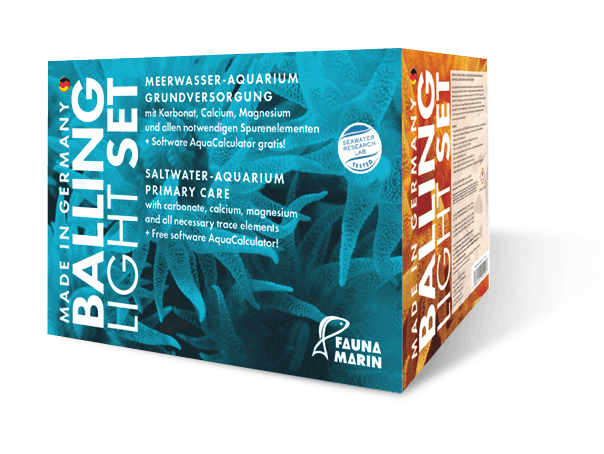Nickel
Nickel is an essential element. It improves growth and enhances the red and turquoise colouring. Nickel is important because it has a growth-enhancing effect when ingested with various nitrogen compounds. Like many other metals, it is involved in some important enzyme reactions within cell physiology and the formation of biofilms.
What is this:
Nickel is an essential element for corals and a component of the Dynamics Elements. Nickel plays an important role in the growth of corals. The formation of basal discs is problematic if the nickel content is too low. Brilliant colours and strong contrasts are also difficult to achieve without nickel.
Problems:
Too high nickel values cause tissue brightening and partial flaking of the tissue. Growth is reduced. The sensitivity to parasitic infestation increases. Fast-growing corals react here fastest with dissolution at the basal disc. If the values are too low, growth problems also occur. The nutrient degradation is disturbed. Corals dissolve from the basal disc.
Measures:
Filtering by adsorber, partial water change and removing the source. If values are too low, dosing via the supply system or directly via Elementals Trace Ni.
Indicator species:
Acropora millepora is a good indicator for nickel. If this coral does not form a basal disc, the nickel value should be checked.
Value too high:
Nickel can be reduced via activated carbon and zeolite. Reduce addition of nickel-containing frozen food and trace solutions. Check the decoration. Check for toys in the aquarium or metals in and around the technical tank.
Value too low:
Elementals Trace Ni, Color Elements blue and green Complex, Organic.
| Nickel | Dynamic Element |
|---|---|
| Variety | Heavy metal |
| Benefit | Coral physiology, polyp expansion, enzyme and colour reaction |
| Default value | 3–5 µg/l (0,26 US.liq.gal.) |
| Skill Level | Orange |
| Source | salt, supply systems trace element mixtures, feed, metals, toy cars |
| Available | Elementals Trace Ni, Balling-Light-System, Color Elements, Organic |
| Importance 1–6 | 5 |
| Detection quality | safe |

Balling Light:
Nickel is supplied to the system via Trace Elements 2. In the other systems the addition is done via Organic and Color Elements. If the values are too low, a salt change to Professional Sea Salt or individual dosing of Elementals Trace Ni can be used. Nickel is best reduced by partial water changes, filtering via iron-based phosphate adsorbers and reducing the dosing quantities.
Nickel deficiency leads to a disturbance of protein synthesis. This can cause light stress and “shifting” in strongly lit aquaria. This can be seen in white spots on the corals in bright zones. Sufficient concentrations of nickel (always adapted to the relation of the Dynamic Elements) are also important for zoanthids and corallimorphs. Here, as with hard corals, nickel ensures the optimum colouration of the corals. Nickel is only moderately integrated into the coral skeleton. In addition, the amounts in the skeletons vary greatly depending on the environment of the corals. Therefore, the actual consumption cannot be calculated on the basis of the amount of nickel stored in the skeleton.
A lack of nickel can often be recognized by a significantly reduced polyp picture. Growth is also weaker and the corals appear slightly greyish. Nickel deficiency can be seen in zoanthids, where the polyps open poorly and fade in colour.
Tip:
If high amounts of nickel are detected in an analysis, it is often necessary to first look for metals or components of technical equipment. Repeatedly, screw clamps are mentioned as a source. Nickel, however, only occurs in water as nickel chloride or nickel carbonate. Other compounds are insoluble, but hose clamps and pump parts usually do not contain nickel. In our investigations we could identify the most common sources of nickel: Phytoplankton, seaweed, clam meat, seafood, and Artemia contain very high amounts of nickel and these are brought into the aquarium system by feeding or dosing. Especially phytoplankton contained up to 85 mg/kg(2,2 lbs.) nickel in some solutions. We therefore recommend to use only selected high quality feed and to check the feed if the measured values are high.